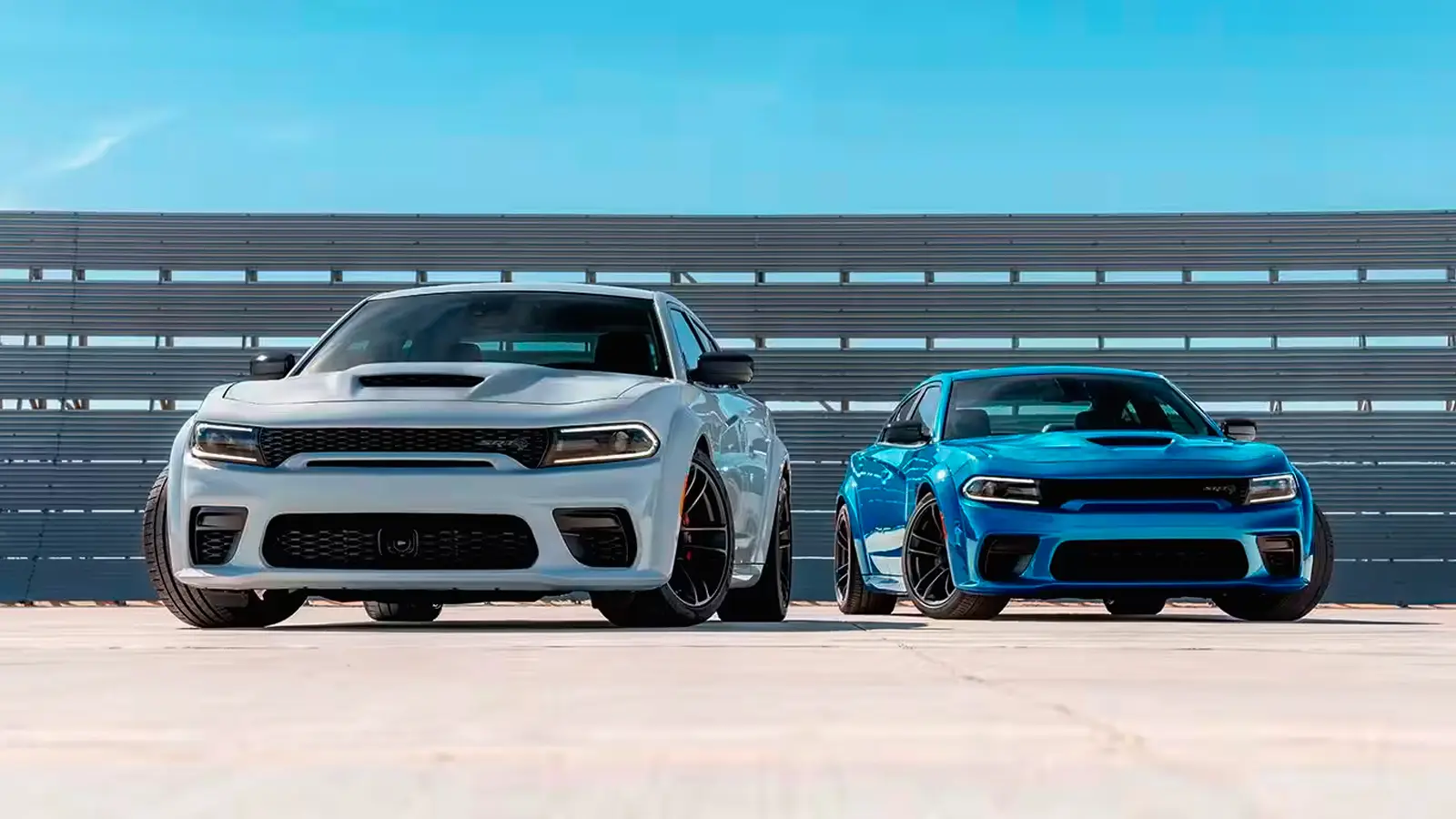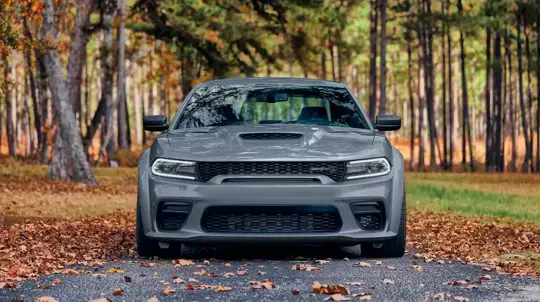Discover the 2024 Dodge Charger Daytona, the world's first electric mu...
2024, Mar 12 01:08
Discover the 2024 Dodge Charger, reimagined with a new platform, elect...
2024, Mar 05 11:34
In an intriguing move blending tradition with innovation, Stellantis h...
2024, Feb 21 01:56

Over the years, it has transformed from a high-performance, two-door muscle car into a family-friendly sedan with the heart of a muscle car. This transformation reflects the changing tastes and demands of the automotive market while retaining the essence that made the Charger a legend.
The second-generation Chargers, particularly the 1968 model, are among the most iconic, with their aerodynamic improvements and racing pedigree, notably in NASCAR. Despite initial challenges in stock car racing, the introduction of models like the Charger 500 and the 1969 Charger Daytona, with its distinctive aerodynamic design, marked Dodge's commitment to performance. The 1970 Charger also stands out for its success on the NASCAR circuit, helping Bobby Isaac secure the championship that year. The Charger's fame was further cemented in popular culture through its prominent role in the television series "The Dukes of Hazzard," making the second-generation models especially memorable to the American public
By the third generation (1971-1974), the Charger had begun to adapt to the changing automotive landscape, with modifications to meet new emissions and safety regulations, while still maintaining its distinct style with features like a split grill and a semi-fastback rear window. This period also saw the Charger being positioned as Dodge's sole two-door intermediate-size offering, following the discontinuation of the Dodge Coronet two-door model
The Charger experienced a significant transformation in the 1980s, re-emerging as a front-wheel-drive subcompact hatchback coupe, marking a departure from its muscle car roots. This iteration was designed to cater to the demand for more economical and practical vehicles, featuring a four-cylinder engine, including a turbocharged option, providing a blend of performance and efficiency
After a hiatus, the Charger made a triumphant return in 2006 as a four-door sedan, built on the Chrysler LX platform. This marked a new era for the Charger, combining muscle car performance with the practicality of a sedan. Available in various trims, including the high-performance SRT8 model with a 6.1L Hemi engine, the Charger offered a range of options for different preferences and budgets. The inclusion of modern features like all-wheel drive and advanced technology further broadened its appeal
The most recent iterations of the Charger, including the Hellcat Redeye, underscore Dodge's ongoing commitment to high performance. With a supercharged 6.2L HEMI V8 engine delivering 807 horsepower, the Charger SRT Hellcat Redeye stands as the world's most powerful and fastest mass-produced muscle car. Its design, both inside and out, emphasizes performance, luxury, and advanced technology, with features like Brembo brakes and heat extractors that enhance its driving dynamics
The Dodge Charger's evolution from a pure muscle car to a high-performance sedan capable of accommodating family needs illustrates the brand's adaptability and commitment to maintaining the Charger's legendary status. Through its various iterations, the Charger has remained a symbol of American automotive culture, embodying the spirit of performance and innovation that Dodge has championed for decades.


